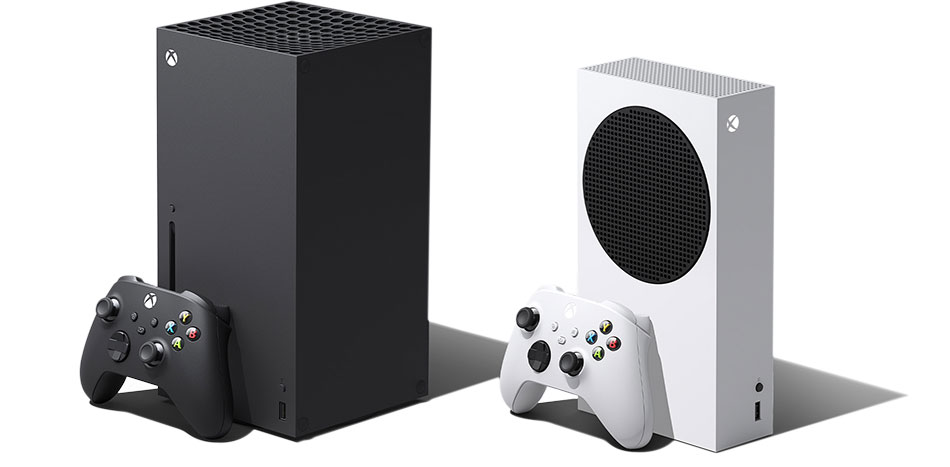Data Caps, Digital Divide Are Potential Barriers to Video Gaming Growth, Analyst Says
MoffettNathanson initiates coverage of video gaming sector

MoffettNathanson initiated coverage of the video gaming sector Thursday, adding that sub-par broadband speeds in a large chunk of the country could affect growth at some of the biggest game makers.
In a 104-page report, MoffettNathanson research analyst Clay Griffin issued “buy” ratings on top game makers Activision Blizzard and Take-Two Interactive and slapped a “neutral” rating on Electronic Arts. He outlined three “mega-trends” in the industry, two of which have at least some ties to the cable broadband business, with increased digitization of game distribution being the largest.
Griffin wrote that the movement from packaged games sold in stores to titles that can be directly downloaded to PCs has been going on for years, but that digital distribution of console games only recently passed 50% of total unit sales. While Griffin noted that Electronic Arts finished the last fiscal year with a 62% digital full game mix and Take-Two and Activision reported even higher percentages, he doesn’t see the total elimination of video game stores just yet. One of the reasons for that is the lack of availability of ultra-high broadband speeds throughout the country.
“The convenience argument — ‘avoid the store, just click to buy’ — is diluted by the fact that modern games are huge files,” Griffin wrote. “Activision’s Call of Duty: Black Ops Cold War weighed in at 136 GB on XBox Series X/S. Broadband speeds have improved, but according to the FCC, about ⅓ of the country doesn’t yet have a connection capable of 100 Mbps.”
Griffin added that even at 100 Mbps, Call of Duty: Black Ops Cold War would take three hours to download.
President Joseph Biden has proposed spending about $100 billion for broadband deployment as part of his American Jobs Plan infrastructure package that would help close that digital divide. While the government’s definition of sufficient high-speed internet has been in the 25 Megabit per second range in the past, some Democrats have pushed for that minimum to be raised to 100 Mbps.
Multichannel Newsletter
The smarter way to stay on top of the multichannel video marketplace. Sign up below.
Cable operators have noticed an uptick in take rates for higher speed broadband tiers during the pandemic, and many expect that trend to continue. Broadband speed has been a priority for cable operators for years — Comcast has increased the average speeds of its broadband service every year for the past 20 years, Comcast Cable CEO Dave Watson said during the company’s Q1 earnings call. Charter Communications said during its Q1 earnings call that most of its broadband customers opt for its entry-level 200 Mbps package.
About a week ago (June 17), the National Telecommunications and Information Administration (NTIS) released an interactive map that shows key areas of broadband need across the country using data from public and private sources. According to that map, there are large pockets of the U.S. that have average broadband speeds of 25 Mbps or less.
Though game developers have made it possible to start and play games without finishing the download and broadband speeds are expected to improve, game files will likely get bigger, too. Data caps that limit downloads to 1 Terabyte per month seem huge on the surface, but could become another barrier, “especially as video streaming steadily replaces cable/satellite,” Griffin wrote.
Among gamers, that transition is already happening.
Griffin cited a Deloitte study that showed 26% of Generation Z (those born between 1997 and 2015) and 16% of Millennials (those born between 1981 and 1996) cited playing video games as their favorite entertainment activity. Watching TV shows or movies at home placed last for Generation Z (10%) and a close second for Millennials (18%, compared to 14% that picked listening to music). In comparison, 39% of Boomers (those born between 1946 and 1964) picked watching TV shows and movies at home as their favorite entertainment activity, with only 3% selecting video games.
While entertainment choices will likely shift once Generation Z gets older, that isn’t always the case, pointing to the 16% of Millennials who picked gaming as their favorite entertainment activity.
“Over half of Millennials are now over 30 years old. Old enough where the “chains of habit” are starting to get pretty heavy,” Griffin wrote. “The implications of this are clear. Even if Gen Z were to look more like the Millennials do now a generation forward, Millennials and even Gen Xers, will undoubtedly be more involved with video games than Boomers are today.”
Griffin referred to Take-Two CEO Strauss Zelnick’s often-quoted remark that “people consume the media they fell in love with when they were 17 for the rest of their lives. We think there’s some credence to that idea.”
Mike Farrell is senior content producer, finance for Multichannel News/B+C, covering finance, operations and M&A at cable operators and networks across the industry. He joined Multichannel News in September 1998 and has written about major deals and top players in the business ever since. He also writes the On The Money blog, offering deeper dives into a wide variety of topics including, retransmission consent, regional sports networks,and streaming video. In 2015 he won the Jesse H. Neal Award for Best Profile, an in-depth look at the Syfy Network’s Sharknado franchise and its impact on the industry.

